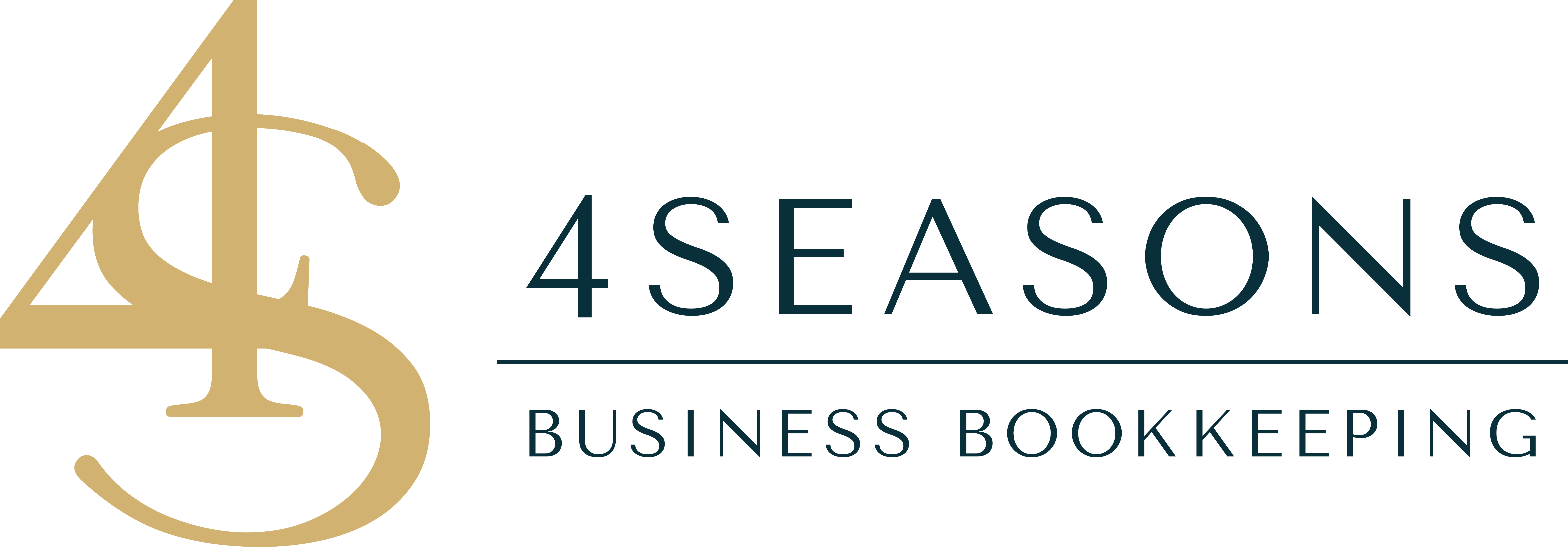A combination of procedures and techniques called cash flow management can help you monitor, assess, and enhance your company’s financial performance. Being in the “green,” sometimes referred to as having positive cash flow, when you have more money coming in than going out, is the aim of cash flow management.
The ruler of business and industry is currency. If you want to keep your company afloat, managing your finances effectively is critical, but if you want to grow and expand your brand, it’s even more important. Additionally, it enables you to anticipate and prepare for cash surpluses and shortages.
Three factors must be balanced for effective financial management: gaps, accounts payable, and accounts receivable (what you are due by customers).
1. Use caution when paying invoices.
Spread out your payments and extend payables as much as you can. Don’t make all of your business payments at once. If you are unable to pay, this can deplete your financial resources and possibly harm your relationships with suppliers. Instead, evaluate bills, prioritize them, and stagger payment deadlines to ensure that the most crucial payments—like rent and payroll—are paid first. Less crucial and more flexible payments can be paid later. To prevent late fees, make sure to pay on time. Additionally, see whether any bills are eligible for reductions for early payment, and then give those a higher priority.
2. Select the appropriate payroll cycle.
Set up your payroll in a way that it works with your revenue stream and complies wage and hour regulations. Restaurants and retail establishments can more easily obtain the cash necessary for weekly payroll due to their daily income streams. But because cash doesn’t come in as frequently for companies with slower income streams, like manufacturers or wholesalers, this might be a problem.
3. Bargain with your vendors over payments.
Utilizing suppliers with low prices can appear to be the ideal strategy for enhancing cash flow, but flexible payment methods may be more crucial. Inquire about the payment conditions with your vendors. Your payments might be able to coincide with your cash inflows.
4. Quickly collect receivables.
Encourage prompt receivables payment to increase cash flow. You can speed up receivables collection by using these methods:
- When taking orders, ask your customers for deposits.
- Offer smart price reductions to move out-of-date stock.
- Give clients who pay swiftly discounts.
- Think about online bills and offer online payment choices.
5. Take care to manage your credit policies.
If you provide consumers credit, be adamant about your credit standards to ensure that you receive the money you require. Try the following tactics:
- Send bills as soon as possible, confirm receipt, and take immediate action in response to late payments.
- Before granting credit to new customers, demand a credit check.
- Keep an eye on your accounts to spot late-paying clients, and for persistent cases, impose a cash-on-delivery policy
6. Make use of a company credit card.
To save money, think about utilizing a company credit card to pay for regular expenses. Then use your monthly statements and internet banking to keep track of those spending. Utilize any rewards programs that can lower your costs, such as those that offer a set amount of cash back on selected purchases.
7. Take into account a credit line.
A line of credit can assist keep the cash flow cycle balanced by giving quick access to money when needed. A line of credit can be used to make up the difference between payables and receivables, purchase equipment, pay for cyclical or unforeseen expenses, or seize expansion possibilities.
8. Make and accept payments using technology.
Accept online payments to speed up receivables collection, and employ electronic fund transfers to pay bills on the due date via automatic payment. You should be able to keep track of your progress with the aid of technology.
For both your short- and long-term financial success, you must have a positive cash flow. Make the most of your money by keeping an eye on expenditures, obtaining payments fast, and using tools that will make managing your cash flow easier.
Let’s summarize.
Choose the approach that makes the most sense for your brand since not all of these tactics will be effective for every type of company. Also, don’t be afraid to combine different strategies—whatever it takes to increase your cash flow. If you succeed, your business may be able to flourish even during periods of financial turmoil.

